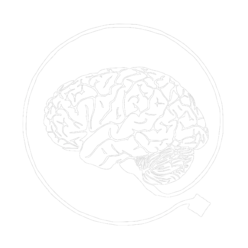Nico Orlandi, University of California, Santa Cruz
There is a certain excitement in vision science concerning the idea of applying the tools of Bayesian decision theory to explain our perceptual capacities. Bayesian models – or ‘predictive coding models’ – are thought to be needed to explain how the inverse problem of perception is solved, and to rescue a certain constructivist and Kantian way of understanding the perceptual process (Clark 2012, Gladzeijewski 2015, Hohwy 2013, Rescorla 2013, Rescorla forthcoming.)
Anticlimactically, I argue both that Bayesian outlooks do not constitute good solutions to the inverse problem, and that they are not constructivist in nature. Continue reading Bayesian Perception Is Ecological Perception
